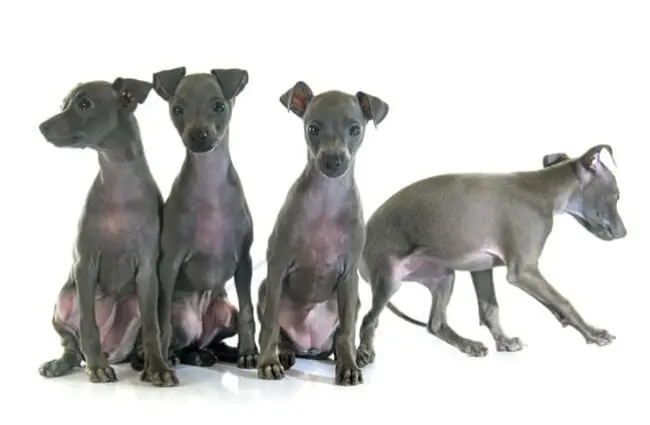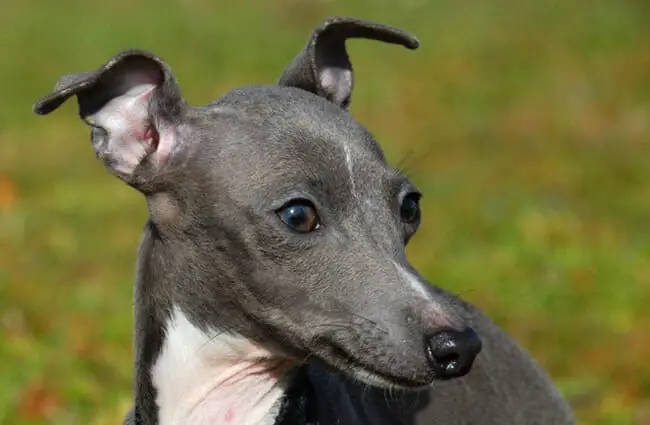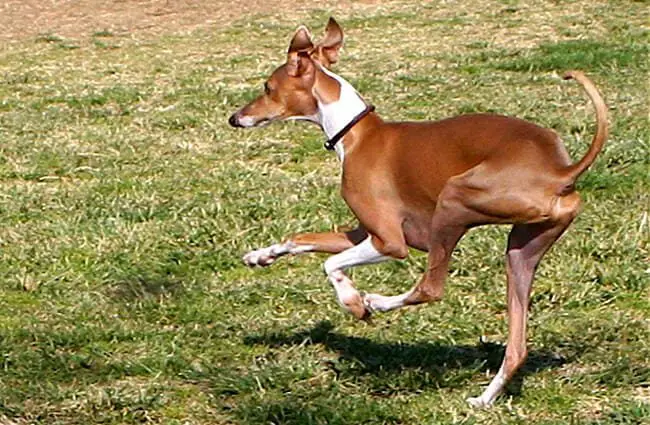A Glimpse into the World of the Italian Greyhound
The Italian Greyhound, often called the “IG,” is a breed steeped in history and brimming with personality. These miniature sighthounds are elegant and energetic, having captivated humans for centuries. More than just a pretty face, the IG combines athleticism, affection, and a touch of charming stubbornness. This guide explores everything from their ancient origins to the nuances of caring for these delightful companions.

History and Origins
The Italian Greyhound’s origins can be traced back to ancient Greece and Rome, where early forms of sighthounds were prized for their speed and companionship. During the Renaissance, the breed flourished in Italy and became a favorite of the aristocracy. They were frequently depicted in paintings and highly valued as fashionable companions.
Physical Characteristics
Italian Greyhounds are the smallest of the sighthound breeds, typically standing between 13 and 15 inches tall at the shoulder and weighing between 7 and 14 pounds. Their sleek, streamlined build is perfectly designed for speed and agility. They have a deep chest, a slender waist, and long, elegant legs. Their coat is short, smooth, and glossy, coming in a variety of colors including fawn, cream, black, blue, and various shades of grey. A distinctive feature is their slightly arched back and refined head. They are truly a miniature version of the larger Greyhound, possessing a gracefulness that is immediately captivating.

Size and Weight Considerations
While generally small, individual IGs can vary in size and weight. Responsible breeders prioritize health and temperament over achieving a specific “show standard.” A healthy weight is crucial, as both underweight and overweight IGs are prone to health issues. Regular veterinary checkups and a balanced diet are essential for maintaining optimal physical condition.
Temperament and Personality
Italian Greyhounds are known for their affectionate and playful personalities. They are devoted to their families and thrive on human companionship. They are often described as “velcro dogs” because they like to follow their owners around. Despite their delicate appearance, they are surprisingly energetic and enjoy bursts of activity. They can be comical, often engaging in playful “zoomies” around the house. However, they also have a sensitive side and can be easily startled by loud noises or harsh treatment. Early socialization is crucial to ensure they develop into well‑adjusted and confident companions.

Behavioral Traits to Consider
Italian Greyhounds are intelligent but can be independent and stubborn. Training requires patience, consistency, and positive reinforcement. They are not known for being particularly eager to please, so making training fun and rewarding is essential. They are also prone to separation anxiety, so providing plenty of mental stimulation and gradually acclimating them to being alone can help prevent behavioral issues.
Caring for Your Italian Greyhound
Providing proper care for an Italian Greyhound involves understanding their unique needs. These dogs are not outdoor dogs in the traditional sense. Their thin coats and low body fat make them susceptible to cold weather and sunburn.
Exercise and Mental Stimulation
Italian Greyhounds need regular exercise, but it doesn’t require marathon runs. Daily walks, playtime in a secure area, and puzzle toys are sufficient to keep them physically and mentally stimulated. They love to chase, so a fenced yard or a long leash is essential. Remember that they are sighthounds, so they have a strong prey drive and may chase small animals.

Grooming and Coat Care
Italian Greyhounds have very little coat, making grooming relatively easy. Regular brushing with a soft brush will remove loose hair and keep their coat shiny. They are prone to skin allergies, so it is important to use gentle, hypoallergenic shampoos. Their ears should be checked and cleaned regularly to prevent infections.
Diet and Nutrition
A high‑quality, balanced diet is essential for maintaining your Italian Greyhound’s health. Choose a food specifically formulated for small breeds, and avoid overfeeding, as they are prone to weight gain. Supplementing with omega‑3 fatty acids can help promote healthy skin and coat.
Health Considerations
While generally healthy, Italian Greyhounds are predisposed to certain health conditions. These include:
- Legg Calvé Perthes Disease: A degenerative hip condition.
- Progressive Retinal Atrophy (PRA): An eye disease that can lead to blindness.
- Patellar Luxation: A condition in which the kneecap dislocates.
- Epilepsy: A neurological disorder that causes seizures.
- Hypothyroidism: A condition in which the thyroid gland doesn’t produce enough hormones.
Regular veterinary checkups and early detection are crucial for managing these conditions.

Is an Italian Greyhound Right for You?
The Italian Greyhound is a wonderful companion for the right owner. They are affectionate, playful, and relatively low‑maintenance. However, they require a commitment to providing proper exercise, mental stimulation, and veterinary care. They are best suited for quiet households with adults or older children who can appreciate their delicate nature. If you are looking for a charming, elegant, and loving companion, the Italian Greyhound may be the perfect breed for you.
Ultimately, bringing any dog into your life is a significant decision. Thorough research and careful consideration will ensure a happy and fulfilling relationship for both you and your new companion.






![Red Angus Closeup of a beautiful Red Angus cowPhoto by: U.S. Department of Agriculture [pubic domain]https://creativecommons.org/licenses/by/2.0/](https://animals.net/wp-content/uploads/2020/03/Red-Angus-4-100x75.jpg)

